During the 18th and 19th centuries, red earthenware was omnipresent in the homes of southeastern Pennsylvania residents.
It was supplied by both Pennsylvania German potters and regional craftsmen from other backgrounds. Although luxury items like whistles and inkstands were available, most consumers purchased more utilitarian forms such as dishes, cooking and dairy pans, jugs, roof tiles, and flowerpots. Depending on the owner's pocketbook and preferences, these objects-whether decorated or not-were acquired for kitchens, dining rooms, parlors, and gardens. Selected from Winterthur's important collection of American earthenware, the items featured in this display helped tell stories about their creators and original users.
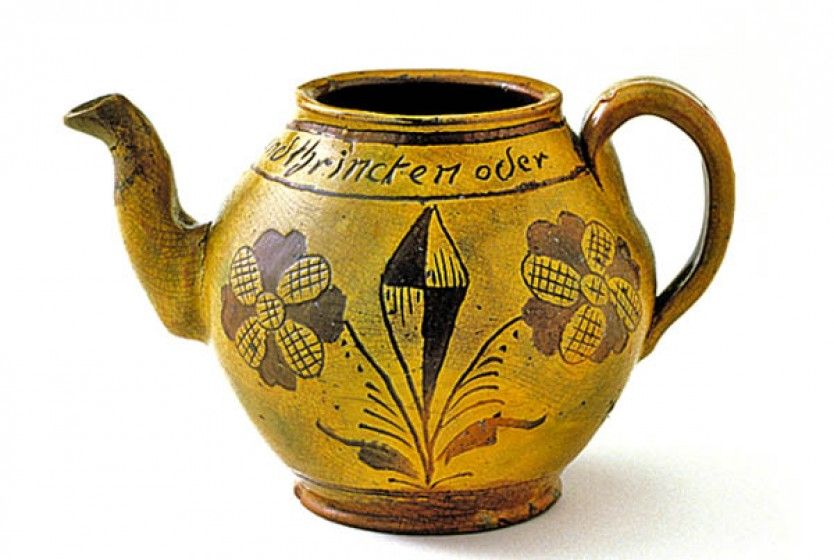
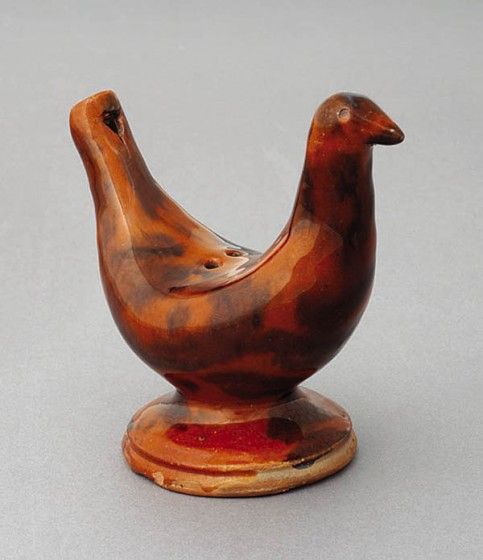
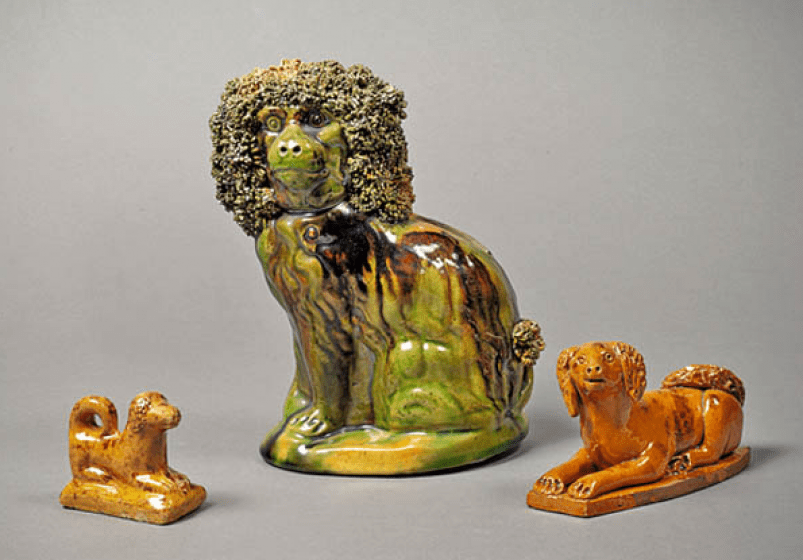
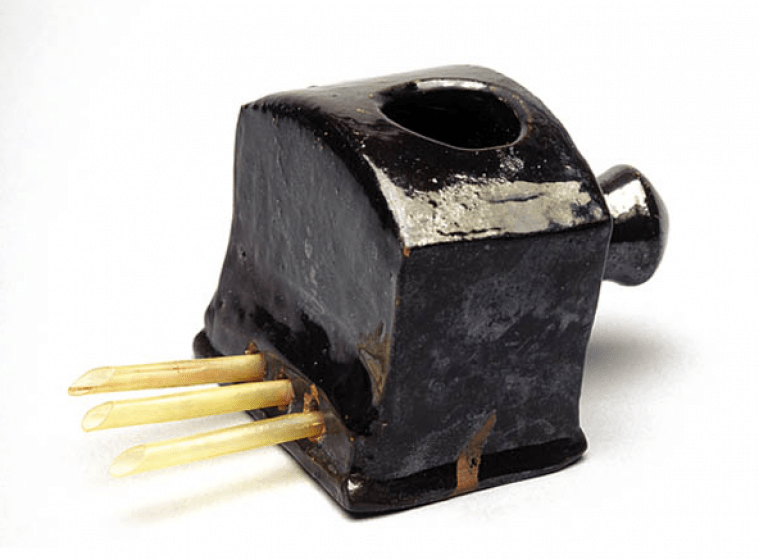
![Inkstand, southeastern Pennsylvania, 1861. Inscribed “John E_ustus / Bucher King [St???] / 1861.” Winterthur, bequest of Henry Francis du Pont.](/sites/default/files/styles/slideshow_large/public/Screen%20Shot%202015-05-15%20at%2012.29.57%20PM.png?itok=JvPD2D-n)
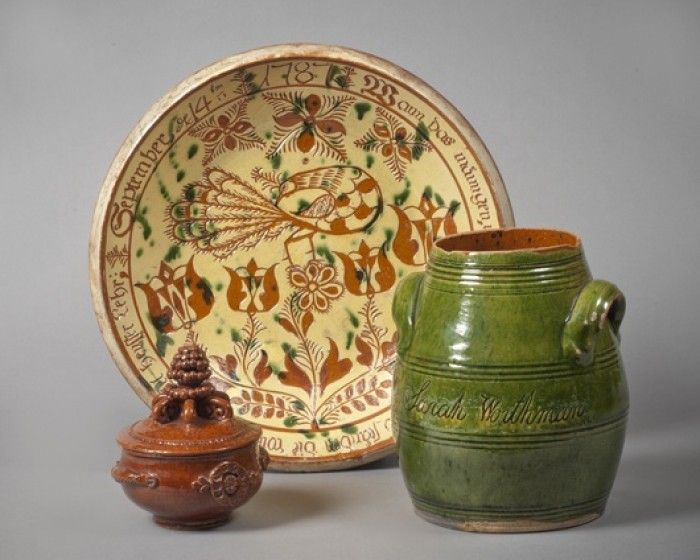
![Tea canister, attributed to Joseph Smith, Wrightstown, Bucks County, Pennsylvania, 1769. Inscribed “L. Smith,” and “T[key]E[spoon]A.” Winterthur, bequest of Henry Francis du Pont. Photo: Gavin Ashworth](/sites/default/files/styles/slideshow_large/public/1847_09_01.jpg?itok=faa-ePrC)